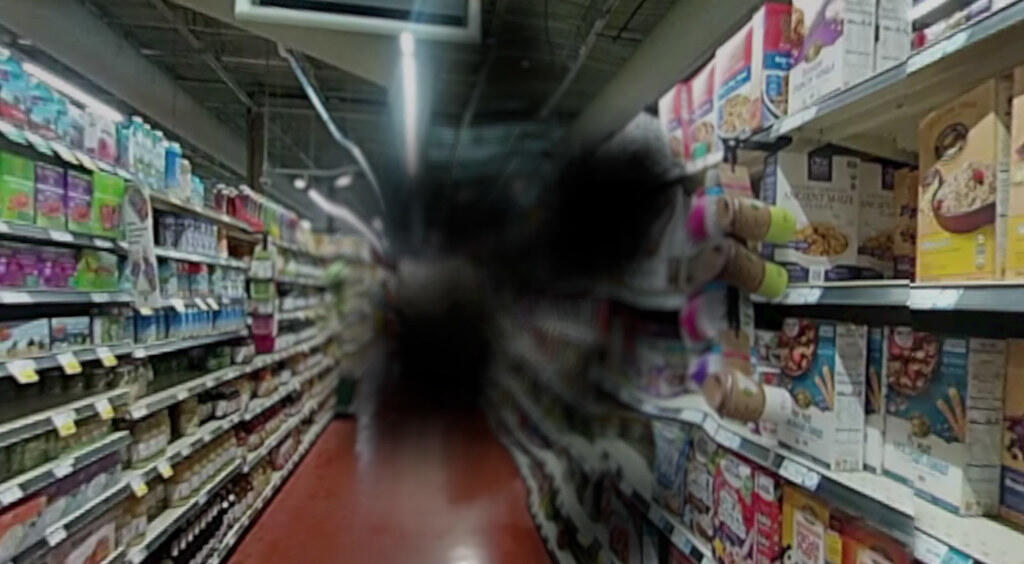Understanding Dry AMD – Patient’s Journey

Age-related macular degeneration (AMD) is a leading cause of vision loss globally, particularly in older populations. Among the various forms of AMD, dry AMD is the most common, accounting for approximately 85% to 90% of all cases. According to recent studies, dry AMD affects approximately 0.44% of the global population, with prevalence rates varying across ethnic groups and increasing with age. It is characterized by the accumulation of drusen, which are small yellow deposits under the retina, and the thinning of the macular tissue. It is a chronic condition that can lead to significant visual impairment and blindness if left untreated.
Living with dry age-related macular degeneration (AMD) comes with its own set of challenges. This review aims to shed light on what it’s like for patients.
The early symptoms of dry AMD include blurred central vision, difficulty adapting to low light conditions, and distorted or wavy vision. As the condition progresses, patients may experience blind spots or dark areas in their central vision. Diagnosing dry AMD typically involves a comprehensive eye examination, including visual acuity tests, dilated eye exams, and imaging techniques such as optical coherence tomography (OCT) and fundus photography. The current diagnostic methods can be expensive and invasive. This reduces the possibility of early detection in patients.

While there is no cure for dry AMD, intraocular surgery might present an option for the patients. It involves implanting a specialized intraocular lens (IOL) inside the eye to help improve vision. These lenses work by magnifying and projecting images onto the healthier parts of the retina surrounding the damaged macula. This is an expensive and invasive procedure and does not guarantee 100% remission. Two newly approved treatments are Syfovre (pegcetacoplan) and Izervay (avacincaptad pegol). These are intraocular injections given monthly or bi-monthly that slow the progression to advanced form of dry AMD. However, patients receiving these drugs have an increased risk of developing wet AMD. The injections themselves can be quite painful and uncomfortable for some patients, as they involve inserting a needle directly into the eye. Additionally, certain lifestyle modifications and dietary changes can help slow the progression of the disease. These include quitting smoking, maintaining a healthy diet rich in antioxidants, and protecting the eyes from UV exposure. In some cases, nutritional supplements containing vitamins and minerals may be recommended to support macular health.
Late detection combined with limited treatment options makes the patient’s experience highly uncomfortable and often leads to complete blindness. The treatment and monitoring can cost up to 20 000 USD and creates a huge burden on the patients, their families and the health care system.
Emerging technologies, such as Mantis Photonics’ hyperspectral imaging, have shown promise in the early detection of dry AMD. This non-invasive imaging technique can identify subtle changes in the retina before the onset of visual symptoms, allowing for earlier intervention and potentially slowing the progression of the disease. By incorporating hyperspectral imaging into routine eye exams, healthcare providers can empower patients to take proactive steps in managing their condition and preserving their vision.